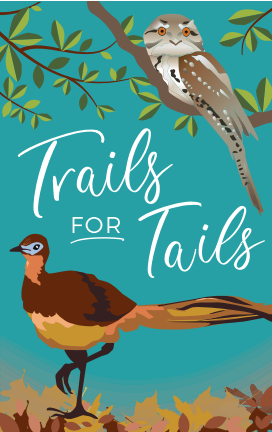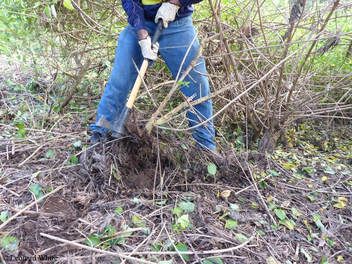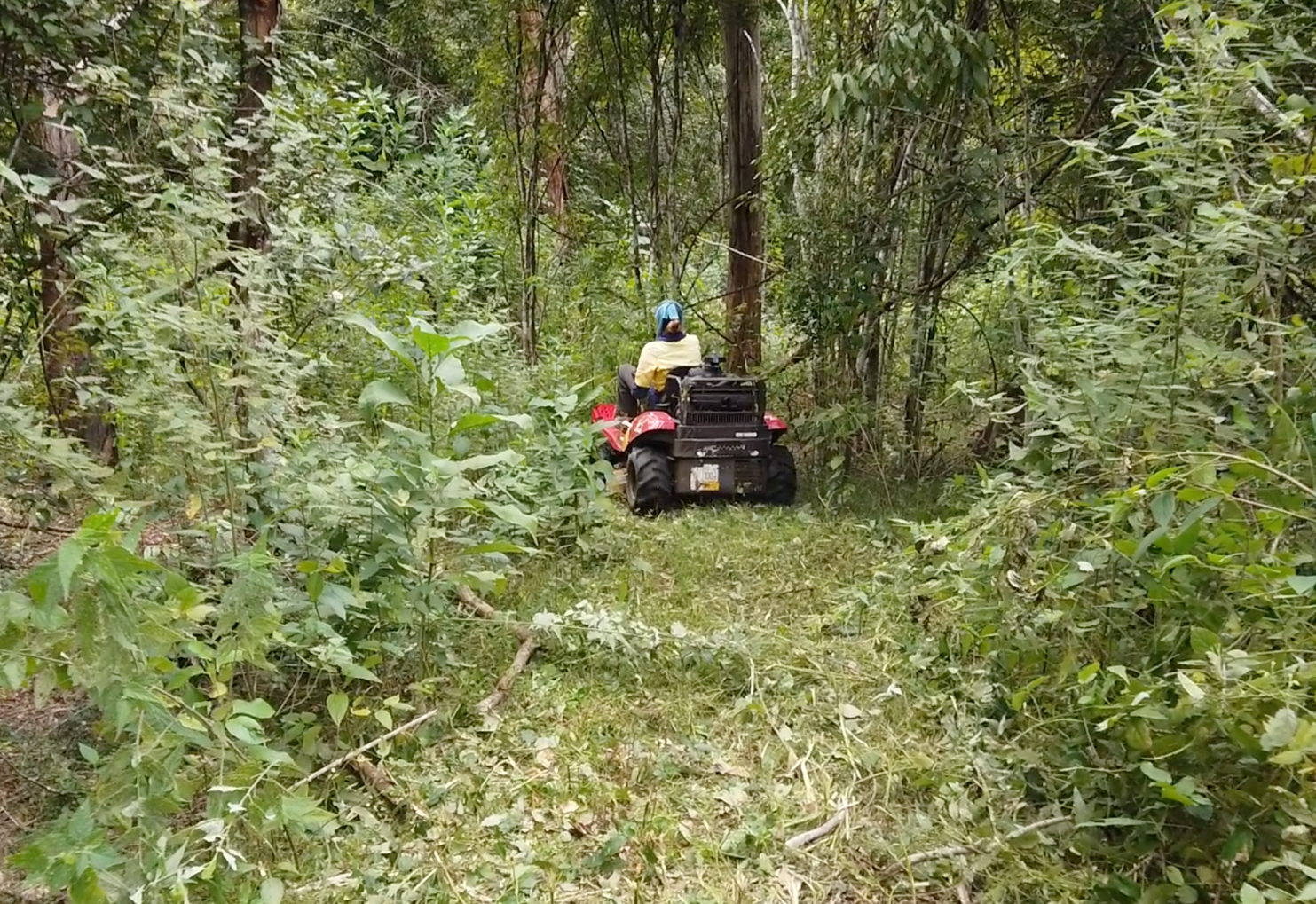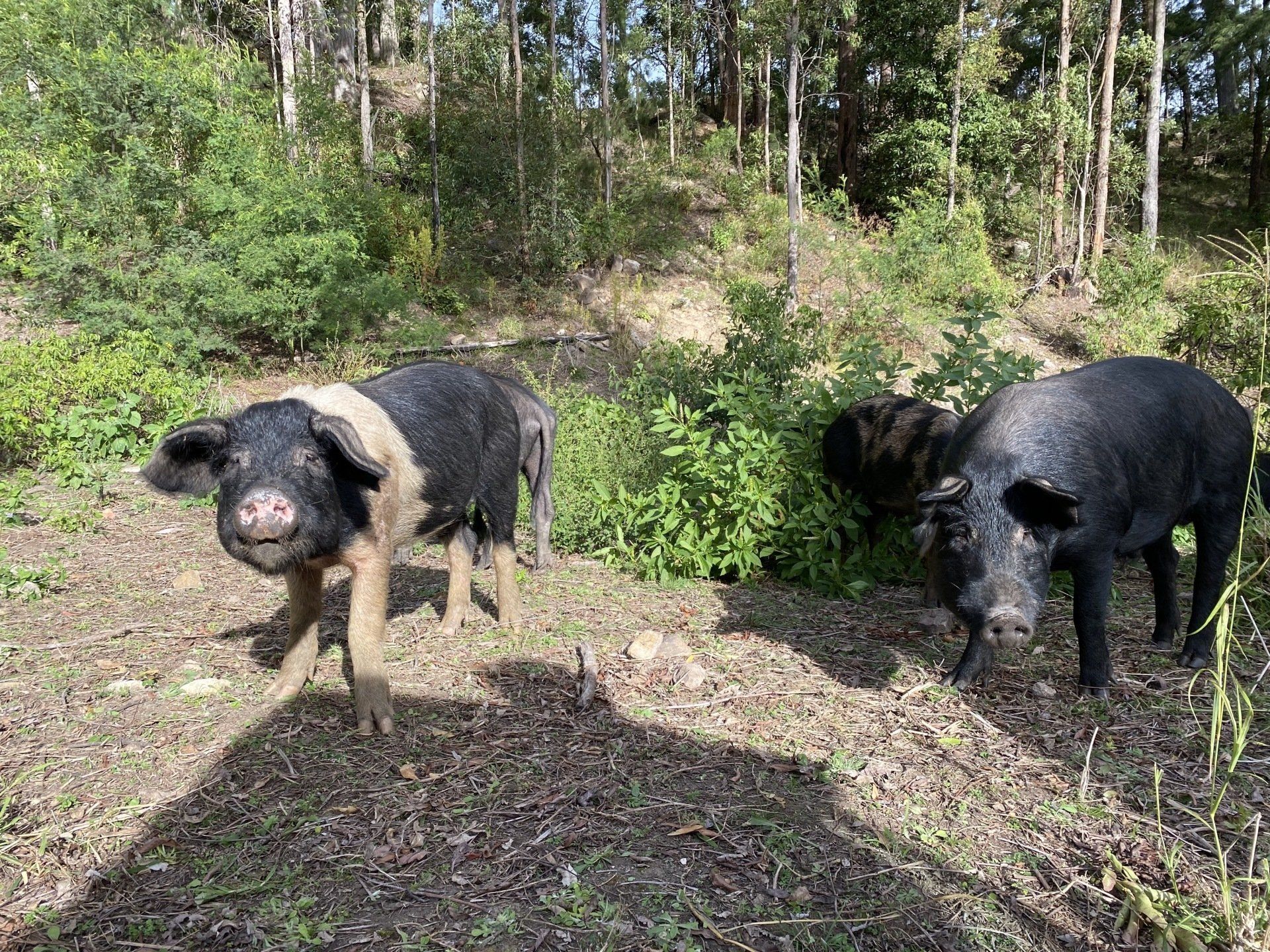The Non-Chem Method
Bush regeneration must be applied to restore habitat but what if we don't want to use chemical?
The Issue
The Challenge
The Response
Physical Removal
This includes hand pulling or with the use of tools to cut and dig. The best time is after rain when soil is moist. Wear gloves when hand pulling. Grub out roots with a mattock or hoe, then roll and haul the stems and roots away. Remove the roots and stems of the weed so it won't regrow.
Bull dozing or Slashing
This will remove large bushes, and help access through infestations. However the plant will regrow. Avoid disturbing large areas at any one time to avoid leaving large areas of bare ground, risking soil erosion. Revegetate and monitor bare areas for regrowth.
Fire
Fire is relatively inexpensive and well suited to habitats that require a suitable fire regime. Burning is not
recommended in rainforest and vine
thickets because they're highly sensitive
to fire. Disturbance in these habitats may
actually promote weeds if the canopy
is opened up. A permit may be required
to burn – check with your local council or
state/territory weed management agency




